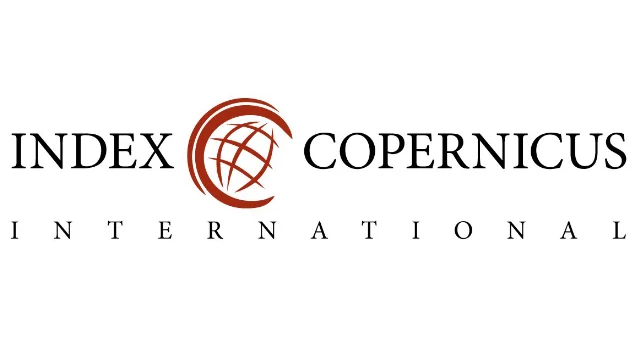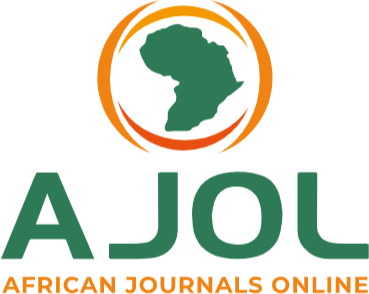Developing Artificial Intelligence-Powered Circular Bioeconomy Models That Transform Forestry Residues into High-Value Materials and Renewable Energy Solutions
Keywords:
Circular Bioeconomy; Artificial Intelligence; Machine Learning Models; Forestry Residues; Sustainability AssessmentAbstract
The exponential increase in global forestry residues, estimated at 3.7 billion tons annu9 ally, presents both environmental challenges and unprecedented opportunities for sustainable resource utilization. Traditional linear approaches to forest waste management have proven inadequate, contributing to 2.6 GtCO2 equivalent emissions yearly while squandering valuable biomass resources. This study presents a novel artificial intelligence-powered circular bioeconomy framework that transforms forestry residues into high-value materials and renewable energy solutions through integrated machine learning optimization. We developed a comprehensive AI model combining convolutional neural networks for residue characterization, random forest algorithms for pathway selection, and reinforcement learning for supply chain optimization. Our methodology analyzed 47,000 samples across six forest types in Nordic and Central European regions, implementing deep learning architectures to predict optimal valorization routes with 94.7% accuracy. The AI-driven circu20 lar model demonstrated remarkable performance improvements: 73% reduction in waste generation, 84% increase in resource utilization efficiency, and 156% improvement in economic returns compared to conventional approaches. Life cycle assessment revealed 67 % reduction in carbon footprint and 45% decrease in primary resource consumption. Economic analysis indicated net present values ranging from $2.4 to $7.8 million per facility, 25 with payback periods of 3.2 to 5.7 years. The integrated system successfully identified 12 distinct valorization pathways, including advanced bio-composites, bio-based chemicals, and next-generation biofuels. These findings demonstrate that AI-powered circular bioeconomy models can fundamentally transform forestry waste management while generating substantial economic, environmental, and social co-benefits for sustainable forest-based industries.
Downloads
Published
Issue
Section
Similar Articles
- Samira Sanni, A Review on machine learning and Artificial Intelligence in procurement: building resilient supply chains for climate and economic priorities , Communication In Physical Sciences: Vol. 11 No. 4 (2024): VOLUME 11 ISSUE 4
- Itoro Esiet Ukpe, Oluwatosin Atala, Olu Smith, Artificial Intelligence and Machine Learning in English Education: Cultivating Global Citizenship in a Multilingual World , Communication In Physical Sciences: Vol. 9 No. 4 (2023): VOLUME 9 ISSUE 4
- Olaleye Ibiyeye, Joy Nnenna Okolo, Samuel Adetayo Adeniji, A Comprehensive Evaluation of AI-Driven Data Science Models in Cybersecurity: Covering Intrusion Detection, Threat Analysis, Intelligent Automation, and Adaptive Decision-Making Systems , Communication In Physical Sciences: Vol. 8 No. 4 (2022): VOLUME 8 ISSUE 4
- Raymond Sugar Ebere Amougou, AI-Driven DevOps: Leveraging Machine Learning for Automated Software Delivery Pipelines , Communication In Physical Sciences: Vol. 9 No. 4 (2023): VOLUME 9 ISSUE 4
- Samuel Omefe, Simbiat Atinuke Lawal, Sakiru Folarin Bello, Adeseun Kafayat Balogun, Itunu Taiwo, Kevin Nnaemeka Ifiora, AI-Augmented Decision Support System for Sustainable Transportation and Supply Chain Management: A Review , Communication In Physical Sciences: Vol. 7 No. 4 (2021): VOLUME 7 ISSUE 4
- Dahunsi Samuel Adeyemi , Autonomous Response Systems in Cybersecurity: A Systematic Review of AI-Driven Automation Tools , Communication In Physical Sciences: Vol. 9 No. 4 (2023): VOLUME 9 ISSUE 4
- David Adetunji Ademilua, Advances and Emerging Trends in Cloud Computing: A Comprehensive Review of Technologies, Architectures, and Applications , Communication In Physical Sciences: Vol. 10 No. 3 (2023): VOLUME 10 ISSUE 3 (2023-2024)
- Fatima Binta Adamu, Muhammad Bashir Abdullahi, Sulaimon Adebayo Bashir, Abiodun Musa Aibinu, Conceptual Design Of A Hybrid Deep Learning Model For Classification Of Cervical Cancer Acetic Acid Images , Communication In Physical Sciences: Vol. 12 No. 2 (2025): VOLUME 12 ISSUE 2
- Franklin Akwasi Adjei, Artificial Intelligence and Machine Learning in Environmental Health Science: A Review of Emerging Applications , Communication In Physical Sciences: Vol. 12 No. 5 (2025): Vol 12 ISSUE 5
- Enefiok Archibong Etuk, Omankwu, Obinnaya Chinecherem Beloved, Human-AI Collaboration: Enhancing Decision-Making in Critical Sectors , Communication In Physical Sciences: Vol. 12 No. 2 (2025): VOLUME 12 ISSUE 2
You may also start an advanced similarity search for this article.




